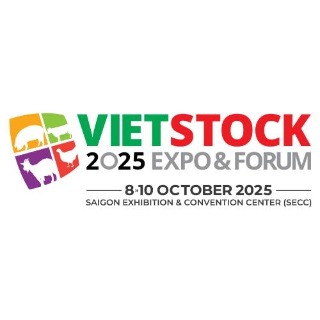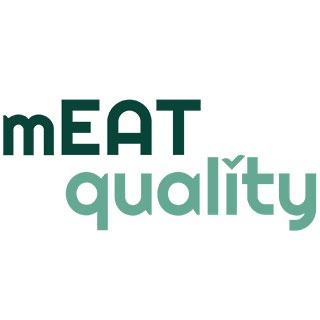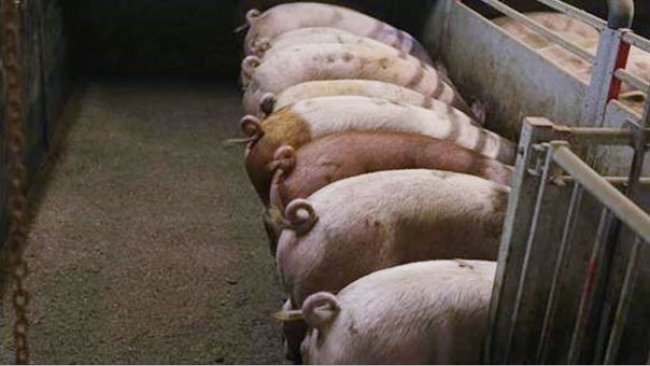
Tail biting: how is this problem perceived across the world? Are we ready to stop docking tails?
The authors share their experience on tail biting risk factors identification as well as the production of non-docked pigs.
The pig sector events all around the world
Weekly newsletter with all the pig333.com updates
Swine industry news in your email
Pig health: news and articles on PRRS, PCV2, biosecurity, etc, Pig disease guide, atlas of pathology, clinical cases…
Biocheck.UGent is an independent, risk-based, scientific scoring system for assessing the quality of your on-farm biosecurity.
A visual and practical step-by-step guide on how to perform a necropsy on a pig.
All the information about ASF: how to recognize the disease, how it is transmitted, pictures of lesions, latest news, guides, etc.
All the information on Foot and Mouth Disease in pigs: how to recognize the disease, how it is transmitted, images of lesions, latest news, guides,...
Description of the most important diseases and conditions in pigs
Images of major swine diseases
Pig disease diagnostic tool
Definition for the most commonly used pig terms
Simulator that calculates the amount of drug to add to the water when using a flow dispenser.
Weekly newsletter with all the pig333.com updates
Pig Prices by countries. Pork production and trade. News of the pig market and the raw materials
The latest slaughter pig prices in the most important pig markets. Check the evolution of the historical prices in charts and in several currencies.
Latest quotations for the main commodities used in pig feed. Historical graphs with the pig price and estimated feed price.
Figures & trends in pig numbers, pork production and pork trade.
Global production and trade data for the most important raw materials
Weekly newsletter with all the pig333.com updates
Articles on nutrition and pig feeding, characteristics of raw materials and additives for pig feed. Prices of raw materials
Latest quotations for the main commodities used in pig feed. Historical graphs with the pig price and estimated feed price.
Technical sheets of the main raw materials and additives used in swine feed. They include a comparison of nutritional values from various sources, product
Global production and trade data for the most important raw materials
Definition for the most commonly used pig terms
Use this tool to diagnose problems with the feed conversion ratio. Click on the flowchart or on the buttons within the text to navigate through the different parts of the tool.
A biweekly newsletter with the latest developments in swine nutrition
Articles on genetics and pig reproduction: genetic improvement, genomics, artificial insemination, use of hormones
Compare production data, calculate the number of sow, nursery, and finishing spaces, and visualize your tasks on the work schedule by type of BMS.
Tool that allows you to calculate the replacement rate in your farm
Definition for the most commonly used pig terms
Use this tool to find out why your farrowing rate is less than ideal. Click on the flowchart or on the buttons found within the text to navigate through the different parts of the tool.
Weekly newsletter with all the pig333.com updates
Management, pig farm management, work planning in each production stage: management in gestation, grow finish, batch farrowing
Compare production data, calculate the number of sow, nursery, and finishing spaces, and visualize your tasks on the work schedule by type of BMS.
Tool that allows you to calculate the replacement rate in your farm
Definition for the most commonly used pig terms
Weekly newsletter with all the pig333.com updates
Design of facilities and equipment for pig farms: building design, climate control, feeding systems, etc.
Biocheck.UGent is an independent, risk-based, scientific scoring system for assessing the quality of your on-farm biosecurity.
Environmental Footprint Calculator along the pork value chain.
Definition for the most commonly used pig terms
Simulator that calculates the amount of drug to add to the water when using a flow dispenser.
Use this tool to explore which slurry management strategy best fits your situation. Click on the flow chart or on the buttons within the text to navigate through the different parts of the tool.
Weekly newsletter with all the pig333.com updates
What makes us stand out is the quality and independence of our contents. Find out about the authors who make it possible. Our goal is to generate a virtual community of advanced users in the sector.

Dr. Carmen Alonso was born in Madrid (central Spain). She graduated from the Complutense University of Veterinary Medicine in Madrid in 2003 with a postgraduate specialization in Swine Production Medicine from the Autonoma University of Barcelona in 2004. Following that, Dr Alonso worked as a swine practitioner in the Canary Islands, participating in a swine disease eradication project on 4 of the islands in this southeastern province of Spain (Tenerife Province).
Dr Alonso then moved her residence to the Spanish province of Catalonia in 2005 and joined the veterinary swine group at the Cooperative d’Ivars (a farmer owned cooperative of 40,000 sows). Catalonia is one of the most important swine production regions in Europe. She worked at this cooperative for 5 years in swine health and production consultation.
From 2010-2016, Dr. Alonso worked as a research assistant at the University of Minnesota while completing her MSc (The use of Air Filtration and its economic analysis for the entry of the PRRS virus into large sow herds within swine dense regions) and her PhD (Concentration, size distribution, and control of swine viruses associated with airborne particles).
In 2016, Dr. Alonso joined Elanco as Elanco Knowledge Solutions senior consultant in swine analytics. In 2017, Dr. Alonso created in Barcelona (Spain) her own business as an independent data analysis consultant for the swine industry merging with Dr. Carles Vilalta in 2020 and creating the consultancy firm Upnorth analytics.
Currently, Dr. Alonso works for Boehringer Ingelheim as a Senior Technical Manager within the IHM division (Integrated Health Management). She is responsible for the technical support and data analysis of precision livestock farming technologies applied in animal production.
Updated CV 01-Jun-2021

The authors share their experience on tail biting risk factors identification as well as the production of non-docked pigs.

Key swine veterinary practitioners describe the “PRRS-ception” of this disease in the most important pork producing regions.

Total born, use of toxin binder, farrowing assistance and health status show an association with sow mortality due to uterine prolapses.

Percentage of prolapsed sows has consistently increased every year, from 4.8 in 2012 to 10.2% in 2016.

The most direct strategy to decrease the concentration in the air of airborne pathogens is dust reduction. This article describes the use of a particle ionization system called EPI.

A simple system that uses plastic and adhesive tape to prevent the entry of unfiltered air into a barn can also serve as a safe method to prevent inappropriate non-biosecure personnel movement.

The installation of physical barriers at strategic personnel entry points help to define distinct biosecurity areas. This method is commonly used in farms that lack a clear separation between areas with different biosecurity levels.
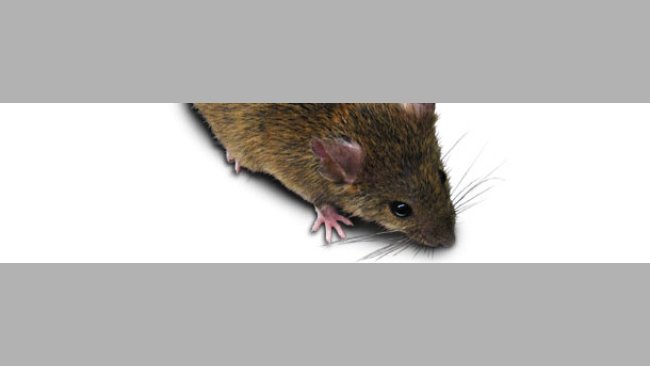
The use of plastic and gravel to prevent the growth of vegetation around the perimeter of the barn. This is a simple strategy that will also decrease the chances for rodents to enter the facilities and it will help improve external barn biosecurity.
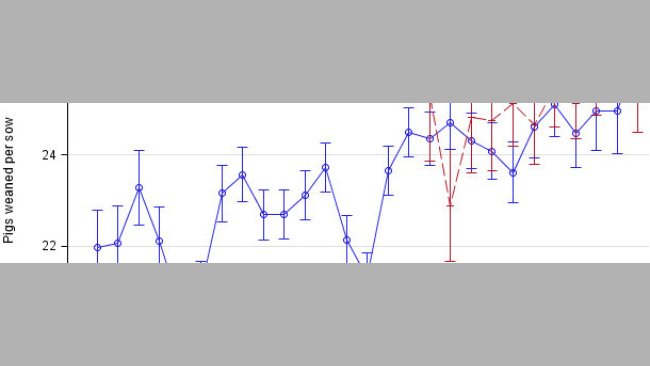
This study demonstrates the added profitability that air filtration can give to sow farms located in highly dense swine regions. However, it is important to point out that these figures are long term averages and not necessarily predictors for individual herds.
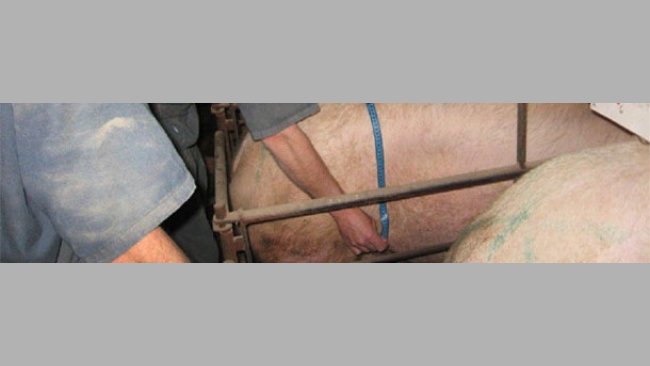
To accurately predict sow body weight by using their flank to flank measurement in order to determine daily feed intake or accurate medication dose.

This case describes an acute outbreak of gastric ulcers in pigs of 30-40 kg live weight that affected 38 farms throughout a year and that presented mortalities from a 5% up to a 40% depending on the severity of the cases.

This study, based on some 120,000 sows, quantifies the reduction of the risk of introducing PRRS viruses when using air filtering.
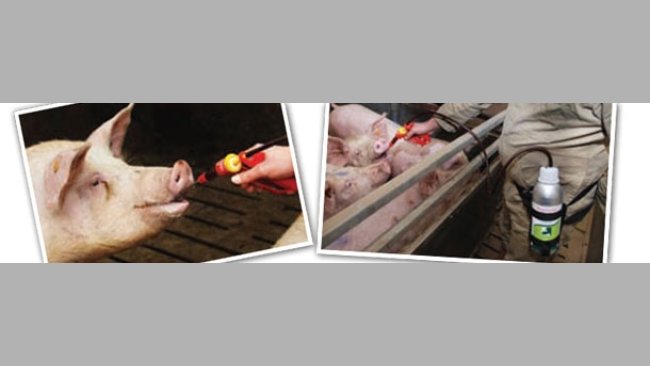
Apple juice is the favourite kind of juice for the sows during the training sessions.
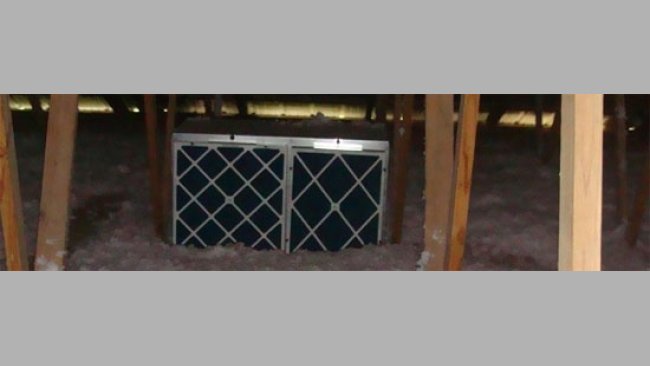
In high-density swine regions of North America, air filtration is playing an important role in the effort to maintain PRRS free commercial sow herds

The farm, with an elevated number of animals, had been experiencing for several days an increased number of births in gestation on the weekend before moving the sows to the farrowing pens. Mortality in these births was 100%.
Welcome to 333
Connect, share, and interact with the largest community of professionals in the swine industry.
Celebrating 189511Users on 333!
Sign upAlready a member?



